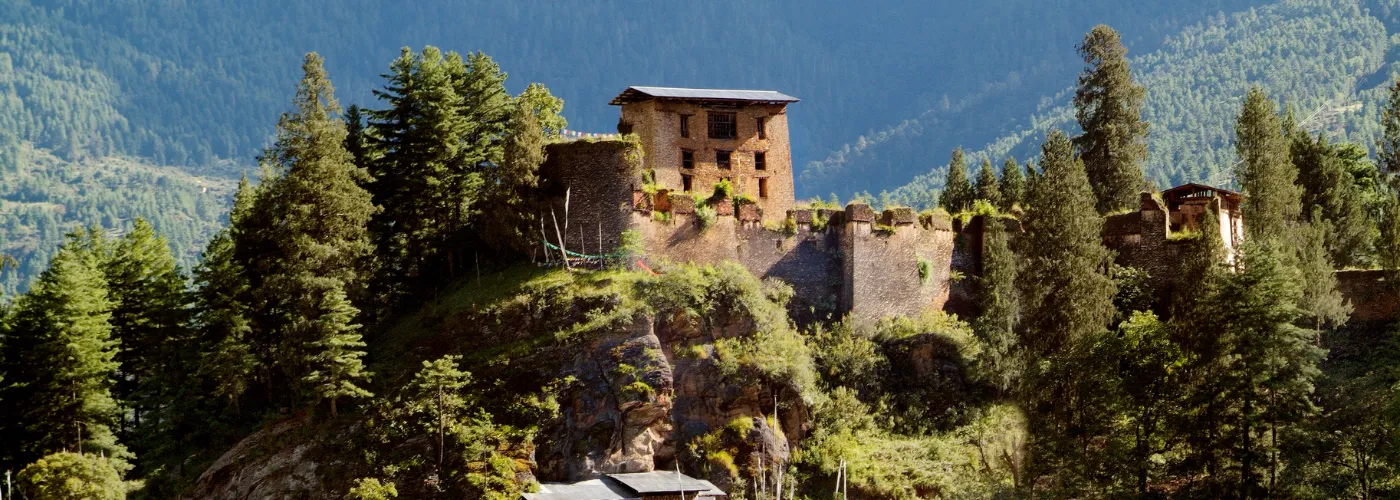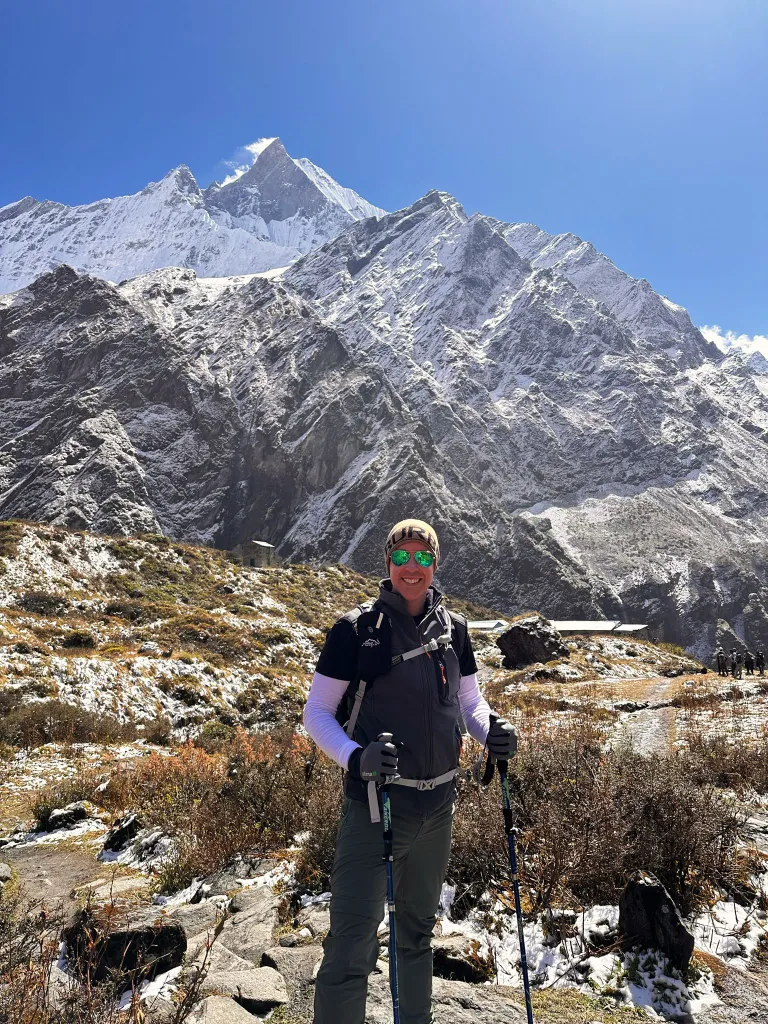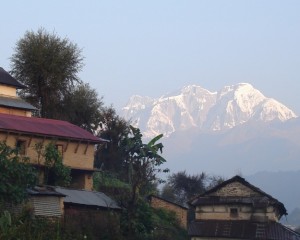Best Time to Visit Nepal and Bhutan
You want to experience the tales of the mountain and local traditions. Then your next destination should be Nepal and Bhutan. However, the vital thing to do is to find the best time to visit Nepal and Bhutan.
Nepal is the perfect destination that offers diverse experiences. Bhutan, also known as Land of the Thunder Dragon, provides visitors with the experience of tradition and modernity.
Picking the right time affects weather, mountain views, and cultural celebrations. Stay with us to discover the best time to visit these beautiful countries.

Seasons in Nepal
Nepal has a comfortable climate due to its diverse geography. The land escape extends from the low-lying Terai plains to the towering Himalayan peaks.
The country features distinct climatic zones with elevations ranging from about 60 meters in the Terai to 8,848 meters in Mount Everest.
Nepal enjoys a subtropical climate for a particular part of the year to ensure warmth, especially in lower elevations..
Nepal features four distinct seasons:
Spring (March to May)
Spring unfolds in Nepal with mild temperatures, ranging from 16°C to 23°C in valleys and 6°C to 15°C in higher elevations.
Rhododendron's bloom makes hillsides much more beautiful with vibrant colors and offers scenery for trekkers. Clear skies and comfortable temperatures make it an ideal time for outdoor activities and sightseeing.
Summer (June to August)
Marked by the monsoon, summer brings heavy rainfall and high humidity. Temperatures can reach up to 30°C in valleys and create lush green landscapes. However, trekking is generally not recommended due to slippery trails.
Summer provides a unique opportunity to explore lower-elevation destinations and be included in cultural experiences.
Autumn (September to November)
Autumn is a favorite among travelers. It features fresh air, clear skies, and pleasant temperatures.
Daytime highs range from 12°C to 20°C in valleys and 4°C to 12°C in higher elevations. This season offers optimal trekking conditions, clear mountain views, and vibrant cultural experiences, including festivals like and Tihar.
Winter (December to February)
Winter brings cold temperatures, with daytime highs between 8°C and 12°C in valleys. Higher elevations experience snowfall.
While high-altitude trekking can be challenging, lower-elevation treks and wildlife safaris remain popular.
Winter provides a unique perspective of Nepal with fewer tourists. It also allows one to witness cultural events like the Sweta Machhendranath Jatra.

Advantages and Drawbacks of Each Season:
Spring
- Advantages: Rhododendron blooms, comfortable temperatures, clear skies, optimal trekking conditions.
- Drawbacks: crowded trail
Summer
- Advantages: Lush greenery, lower tourist numbers, off-peak prices.
- Drawbacks: Monsoon rains, limited visibility, challenging trekking conditions.
Autumn
- Advantages: Clear skies, pleasant temperatures, optimal trekking conditions, vibrant festivals.
- Drawbacks: Higher tourist numbers, increased accommodation costs.
Winter
- Advantages: Fewer tourists, lower prices, unique festivals.
- Drawbacks: Cold temperatures, limited trekking options, shorter daylight hours.

Seasons in Bhutan
Bhutan's climate varies because of its diverse geography. The land extends from 200 meters in the southern foothills to over 7,000 meters in the northern mountains.
Due to its location in the subtropical zone, Bhutan experiences warm temperatures. The Indian Monsoon plays a significant role, bringing clear distinctions between wet and dry seasons.
Bhutan experiences four different seasons:
Spring (March to May)
Bhutan welcomes spring with mild temperatures, 16°C to 22°C in valleys and 5°C to 15°C in higher elevations.
Blooming flowers, including rhododendrons make the landscape in vibrant colors. Excellent trekking conditions and clear views of the Himalayan peaks make it a popular season.

Summer (June to August)
Monsoon season brings heavy rainfall and high humidity. Valleys may experience temperatures up to 30°C, creating lush green landscapes.
While trekking is not recommended, it's an excellent time for lower-elevation exploration and cultural experiences.
Autumn (September to November)
Autumn is the time of post-monsoon and clear skies with daytime highs. The temperature ranges from 14°C to 20°C in valleys and 5°C to 12°C in higher elevations.
This season is ideal time to visit Bhutan for trekking and sightseeing and features major festivals like Thimphu Tshechu.
Winter (December to February)
Winter brings cold temperatures, with daytime highs between 10°C and 15°C in valleys. Snowfall occurs in higher elevations.
While high-altitude trekking is challenging, winter offers lower-elevation treks and cultural experiences in valleys.

Advantages and Drawbacks of Each Season
Spring
- Advantages: Comfortable temperatures, clear skies, blooming flowers, vibrant festivals.
- Drawbacks: Slightly higher tourist numbers.
Summer
- Advantages: Green landscapes, abundant flora and fauna, lower tourist numbers.
- Drawbacks: Monsoon rains, limited visibility.
Autumn:
- Advantages: Clear skies, pleasant temperatures, optimal trekking conditions, vibrant festivals.
- Drawbacks: Higher tourist numbers, increased accommodation costs.
Winter:
- Advantages: Tranquil experience, unique winter festivals, lower prices.
- Drawbacks: Cold temperatures, limited trekking options, shorter daylight hours.
What does an expert from Nepal Vision Treks recommend as the best time to visit Nepal and Bhutan?
Our team of professionals strongly recommends choosing the best time to visit Bhutan and Nepal to make your experience truly special.
Our experts believe the perfect times are spring (March to May) and autumn (September to November).
The weather is pleasant in spring, and the landscapes are filled with beautiful rhododendrons and colors. It's an excellent time for trekking and sightseeing with clear views of the mountains.
Similarly, autumn brings clear skies after the monsoon, delightful temperatures, and the chance to enjoy significant festivals in Bhutan and Nepal.
These seasons offer ideal conditions for trekking, cultural experiences, and enjoying the natural beauty of the Himalayan regions.

Our team at Nepal Vision Treks is here to help you plan a personalized trip based on your preferences. Contact us for more detailed and customized information about your journey.
Tips for Traveling To Bhutan and Nepal
- Plan your trip during the best seasons, such as spring (March to May) or autumn (September to November), for favorable weather and vibrant cultural experiences.
- Secure accommodations, permits, and transportation early, especially during peak seasons, to ensure availability and avoid last-minute hassles.
- Be prepared for diverse weather conditions by packing layers, waterproof gear, and comfortable footwear, considering Bhutan and Nepal's varying elevations and climates.
- Respect local customs and traditions. Participate in festivals, but be mindful of cultural norms. Dress modestly, especially when visiting religious sites.
- Stay flexible with your plans as weather conditions or unforeseen circumstances may impact travel. Be open to adjusting your itinerary for a more enjoyable experience.
To wrap up, Choosing the best time to visit Bhutan and Nepal is necessary for an extraordinary travel experience. These Himalayan regions have diverse landscapes, rich cultural heritage, and unique climatic variations.
Nepal Vision Treks encourages travelers to consider their preferences and interests when planning a visit.
Embrace the beauty of the Himalayas, embark on thrilling adventures, and immerse yourself in the rich cultural tapestry of Bhutan and Nepal. Your tailor-made trip awaits and promises memories to last a lifetime.
FAQS







